
How good are you at watching your figures? These can be a crucial part of your document and the more clearly you express them, the better.
How you should write numbers is sometimes a matter of agreed style rather than hard-and-fast rules. So check first if your organisation has a style guide in place. If not, no problem: we’ve got you covered with our own style guidance.
Here are our guidelines for expressing time, money, statistics, data, dates and anything else involving numbers:
- Write out numbers one to ten in words.
- Use figures for 11 and above.
- Avoid mixing words and figures in the same phrase. For example: ‘You can order in multiples of 9, 12 or 16’, not ‘nine, 12 or 16’.
- When presenting data, always use figures if decimals or fractions are involved: 6.25 or 6 ¼.
- Write ordinals (first, second, third etc) in full, not 1st, 2nd, 3rd.
- In the body of text, write fractions in full and hyphenate them, eg two-thirds of the class.
- Write thousands as 60,000, not 60K.
- Use a comma for four digits or more (but not in dates): 9,000; 12,000; 5000BC.
- Write millions as 60 million or 60m, not 60,000,000.
- File sizes should always be written as abbreviations eg 45Kb, or 1.8Mb.
- A billion is a thousand million (1,000,000,000), not a million million. Write billions as 6 billion or 6bn, not 6,000,000,000.
- Use these forms rather than the 24-hour clock: 9.30am, 12 noon, 5pm, 12 midnight.
- Write dates in this format: 7 September 2022.
- Use ‘twenty-first century’, not ‘21st century’.
- When indicating time span, use ‘from/to’, ‘between/and’ or ‘X–X’. But don’t mix and match: use ‘from 9am to 5pm’, ‘between 9am and 5pm’ or ‘9am–5pm’.
- If spanning dates in the same century, drop the first two digits of the second date. But keep them if the dates span different centuries: 2017–21, 1999–2008.
- Do not use apostrophes for collective dates: 2020s, not 2020’s.
And check out our follow-up article if you’re not sure when you need hyphens in numbers.





